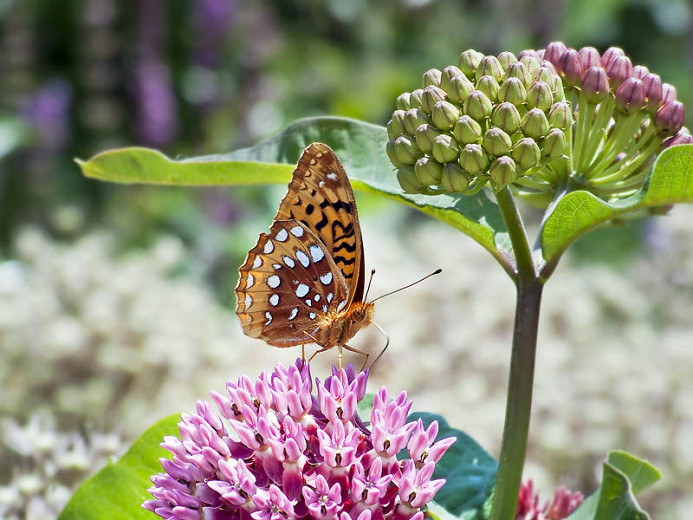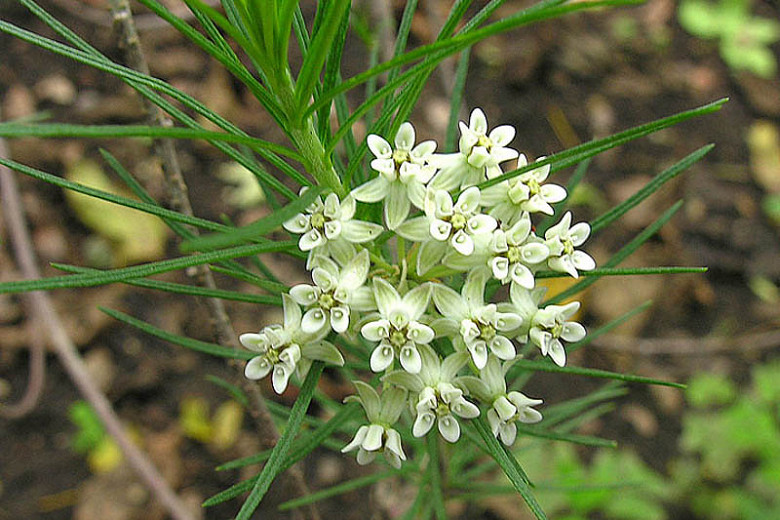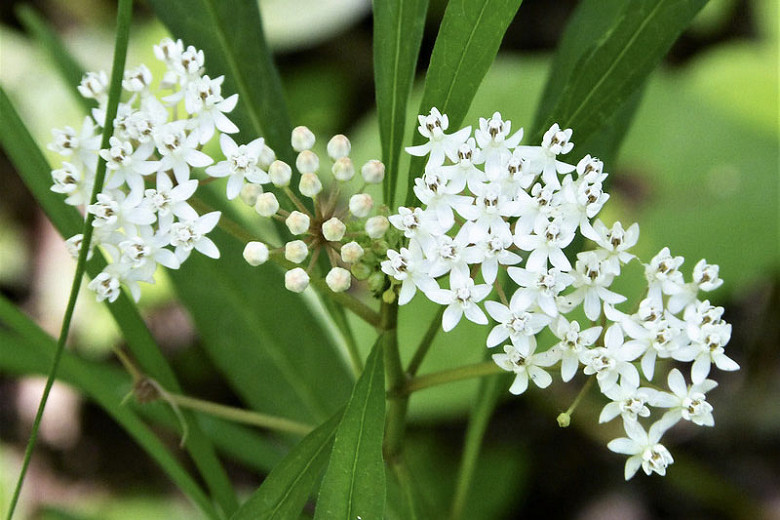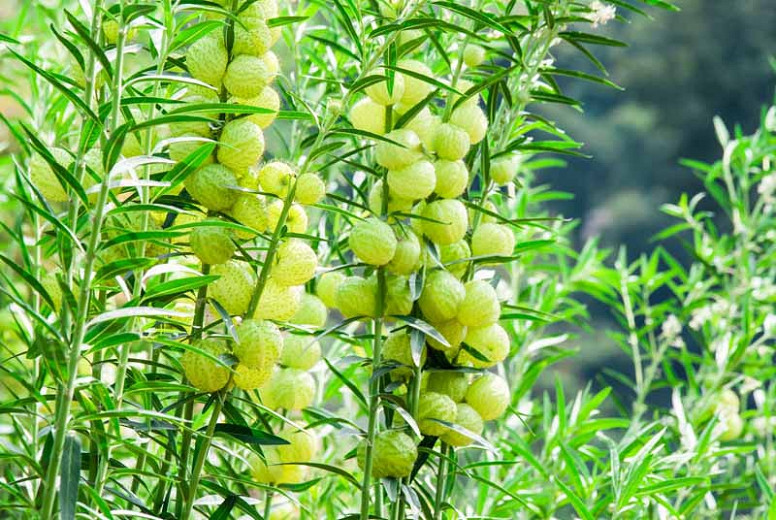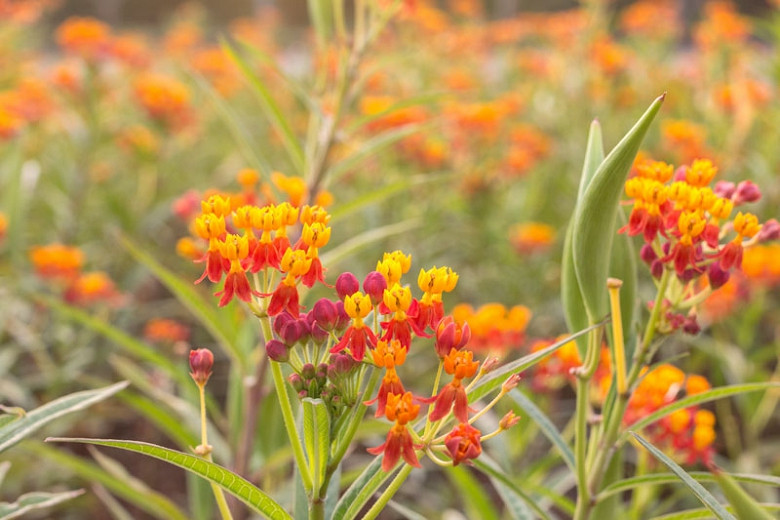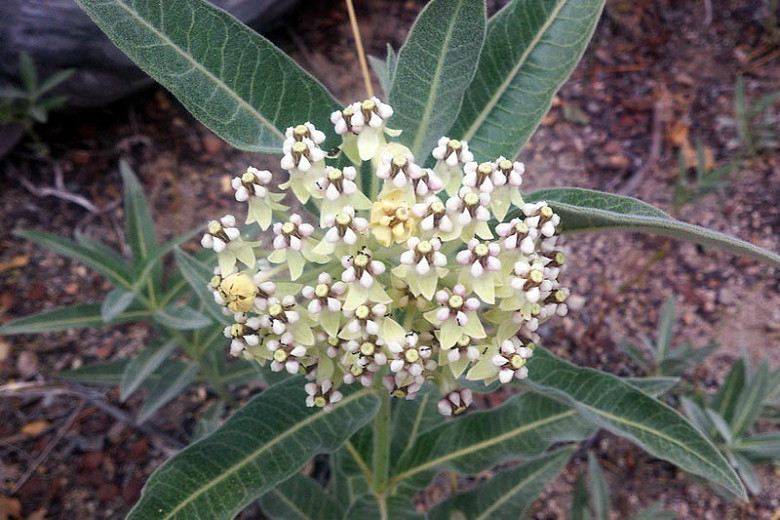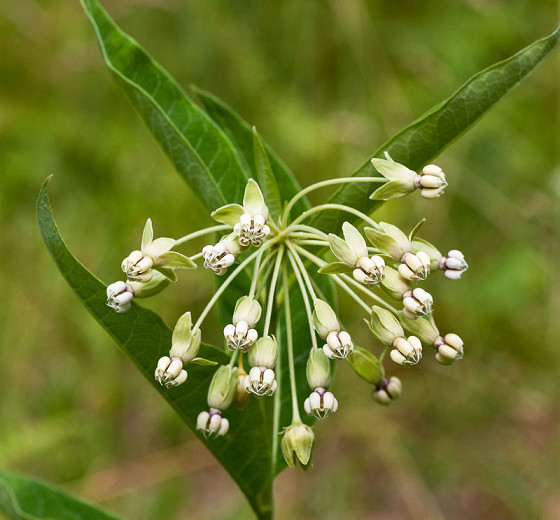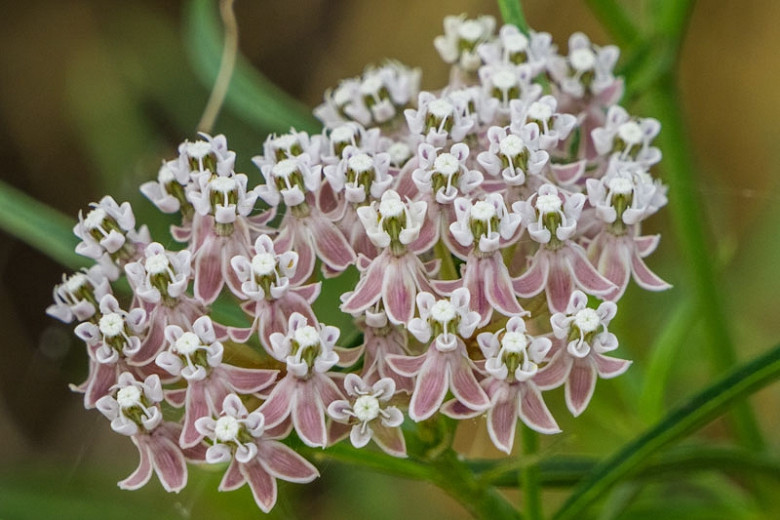Asclepias purpurascens (Purple Milkweed)
Resembling Asclepias syriaca (Common Milkweed), Asclepias purpurascens (Purple Milkweed) is a rhizomatous perennial prized for its domed clusters of rich rose-pink, starry flowers, which bloom from late spring to midsummer. Flowers are a great source of nectar for butterflies, hummingbirds, bees, and other beneficial insects. The blooms occur in the upper leaf axils of upright stems clad with thick, oval, dark green leaves adorned with pointed tips. They give way to smooth seed pods in the fall, which look great in dried flower arrangements. When the seed pods open, they reveal seeds with long, silvery-white, silky hairs. Attractive and robust, Purple Milkweed tends to spread less aggressively than other milkweed species. A great choice for butterfly gardens, meadows, prairies, and for natural settings.
Requirements
| Hardiness | 3 – 8 |
|---|---|
| Plant Type | Perennials |
| Plant Family | Asclepias |
| Exposure | Full Sun |
| Season of Interest | Spring (Late)Summer (Early,Mid) |
| Height | 2' – 3' (60cm – 90cm) |
| Spread | 1' – 3' (30cm – 90cm) |
| Spacing | 24″ – 36″ (60cm – 90cm) |
| Water Needs | Low, Average |
| Maintenance | Low |
| Soil Type | Clay, Loam, Sand |
| Soil pH | Acid, Alkaline, Neutral |
| Soil Drainage | Well-Drained |
| Characteristics | Dried Arrangements, Showy |
| Native Plants | United States, Midwest, Illinois, Indiana, Iowa, Kansas, Michigan, Minnesota, Missouri, Nebraska, Ohio, South Dakota, Wisconsin, Northeast, Connecticut, Delaware, Massachusetts, Maryland, New Hampshire, New Jersey, New York, Pennsylvania, Rhode Island, Southeast, Arkansas, Georgia, Kentucky, Louisiana, Mississippi, North Carolina, Tennessee, Virginia, West Virginia, Southwest, Oklahoma, Texas |
| Tolerance | Deer, Drought, Dry Soil, Rocky Soil |
| Attracts | Bees, Butterflies |
| Garden Styles | Informal and Cottage, Prairie and Meadow |
